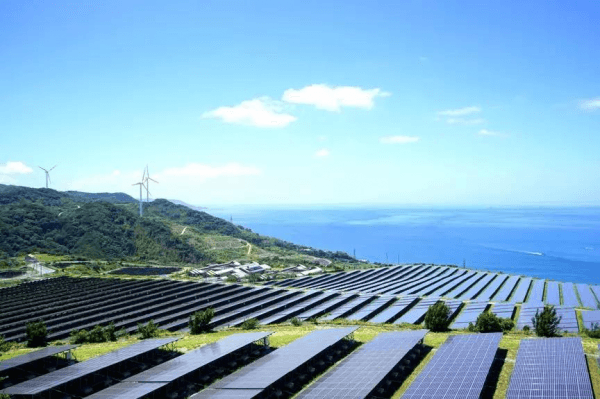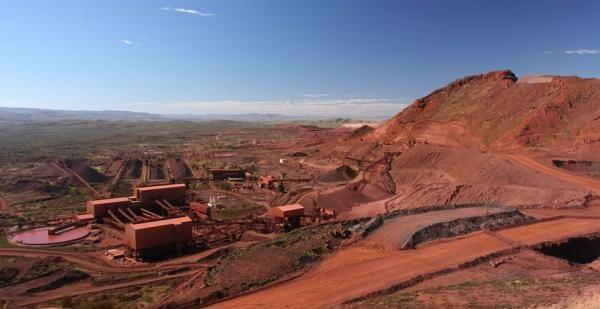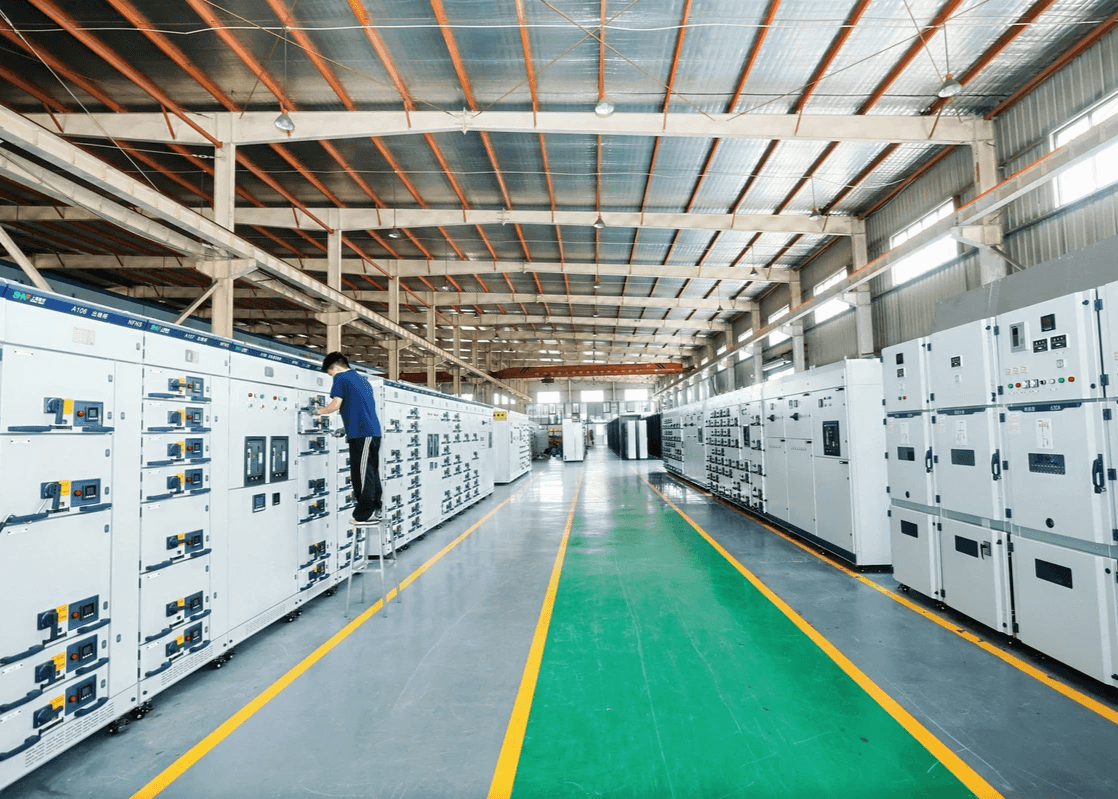Introduction
In a landmark development for sustainable mining practices, Australia's Pilbara region is set to become the country's first large-scale iron ore mining base powered predominantly by renewable energy. This groundbreaking initiative represents a significant shift in how resource extraction operations can reduce their environmental footprint while maintaining productivity. The integration of solar power into mining operations not only demonstrates technological innovation but also signals a new era for the traditionally carbon-intensive mining industry.

The Renewable Mining Revolution
The Australian Renewable Energy Agency (ARENA) has committed $24.2 million in funding to Alinta Energy Pilbara Finance Pty Ltd for a transformative solar hybrid energy project. This investment is further bolstered by up to $90 million in loans from the Northern Australia Infrastructure Facility (NAIF). The primary beneficiary of this clean energy initiative will be the Chichester mining center operated by Fortescue Metals Group Ltd (FMG), one of Australia's mining giants.
This project marks a pivotal moment in Australia's resource sector, demonstrating that even energy-intensive operations like iron ore mining can successfully transition to cleaner energy sources while maintaining operational efficiency.
Project Components and Technical Innovation
The Alinta project consists of several key components working together to create a comprehensive renewable energy solution:
- A 60 MW solar photovoltaic facility forming the cornerstone of the renewable generation capacity
- Approximately 60 kilometers of new transmission lines connecting FMG's Christmas Creek and Cloudbreak mines to the solar farm
- Integration with Alinta's existing 145 MW gas power station for consistent power supply
- A 35 MW/11 MWh battery storage system to ensure reliability and manage fluctuations in solar production
What makes this system particularly innovative is its hybrid approach. During daylight hours, the mines will operate on 100% renewable energy. When solar generation is unavailable, the system seamlessly transitions to a combination of battery storage and natural gas generation, ensuring uninterrupted operations while still significantly reducing fossil fuel consumption.
Environmental and Operational Benefits
The environmental impact of this transition cannot be overstated. Currently, these mining operations rely heavily on diesel generators—a significant source of carbon emissions and operational costs. The implementation of the renewable energy system is expected to reduce diesel consumption by approximately 100 million liters annually.
This reduction translates to:
- Substantial decreases in greenhouse gas emissions
- Lower operational costs over time
- Reduced dependence on fuel transportation to remote locations
- Enhanced energy security for critical mining operations
The project demonstrates that environmental responsibility and operational efficiency can go hand in hand, challenging the notion that renewable energy cannot meet the intensive demands of large-scale industrial operations.

Setting a Global Precedent
Australia's initiative is not occurring in isolation. Around the world, mining operations are exploring renewable integration as both an environmental and economic strategy. In Zimbabwe, for instance, the Blanket Gold Mine is currently tendering for a 19.65 MW solar and storage project, driven by the need for reliable and cost-effective power generation.
The Alinta project provides a comprehensive blueprint for other mining operations globally. By showcasing how different generation methods and battery storage can work together to provide reliable electricity in remote locations, it offers valuable lessons for similar transitions worldwide.
Industry Transformation and Future Outlook
This development signals a broader shift in how energy-intensive industries approach power generation. The successful deployment of this project is expected to catalyze further investment in renewable energy across the mining sector and other remote industrial operations.
As more mining companies witness the operational and financial viability of renewable integration, we can anticipate:
- Accelerated adoption of similar hybrid power systems in mining operations globally
- Continued innovation in battery storage technology for industrial applications
- Development of specialized renewable solutions for high-energy industrial processes
- Evolving regulatory frameworks that encourage and reward clean energy transitions
Supporting the Transition: The Role of Specialized Providers
Companies like Nengfu Electrical are positioned to play a crucial role in this industry transformation. Specializing in efficient and reliable electrical system solutions and engineering services, such organizations provide the technical expertise needed to implement complex renewable integrations.
Based in Shanghai Songjiang Industrial Park and operating under the principle of "making products with heart," Nengfu Electrical offers services spanning design, engineering, and production of power generation systems including diesel and gas generators, electrical cabinets, and EPC services. Their ISO 9001, ISO 14001, and ISO 45001 certifications reflect their commitment to quality and sustainability—attributes essential for supporting the mining industry's renewable energy transition.


Conclusion
Australia's Pilbara renewable mining project represents more than just a single installation—it symbolizes a fundamental shift in how we think about powering resource extraction. By demonstrating that even the most energy-intensive industrial operations can successfully incorporate renewable energy, this project challenges conventional assumptions about the limitations of clean power.
As this model proves successful, we can expect to see similar transformations across mining operations worldwide, contributing significantly to global decarbonization efforts while maintaining industrial productivity. The future of mining is increasingly green, and Australia's pioneering project illuminates the path forward for sustainable resource extraction in the 21st century.